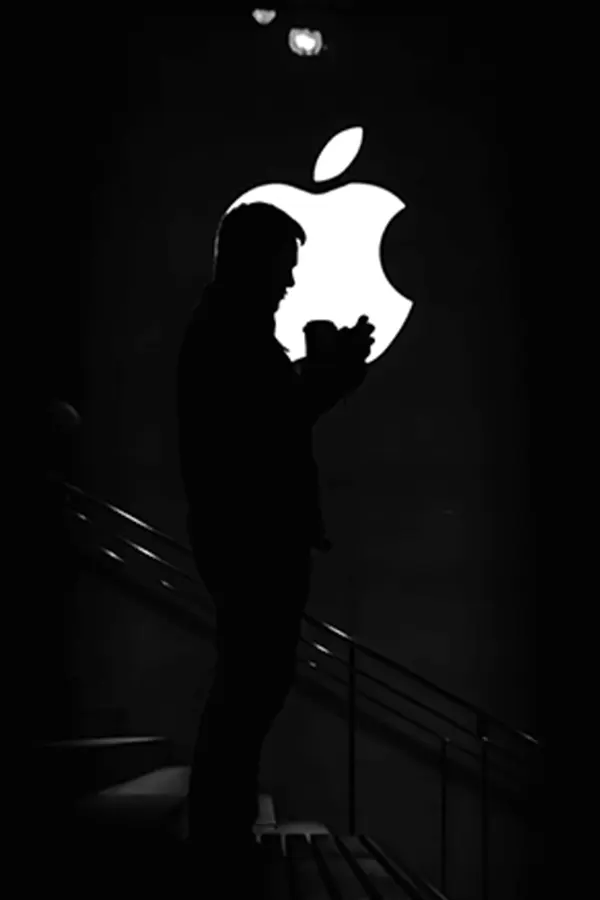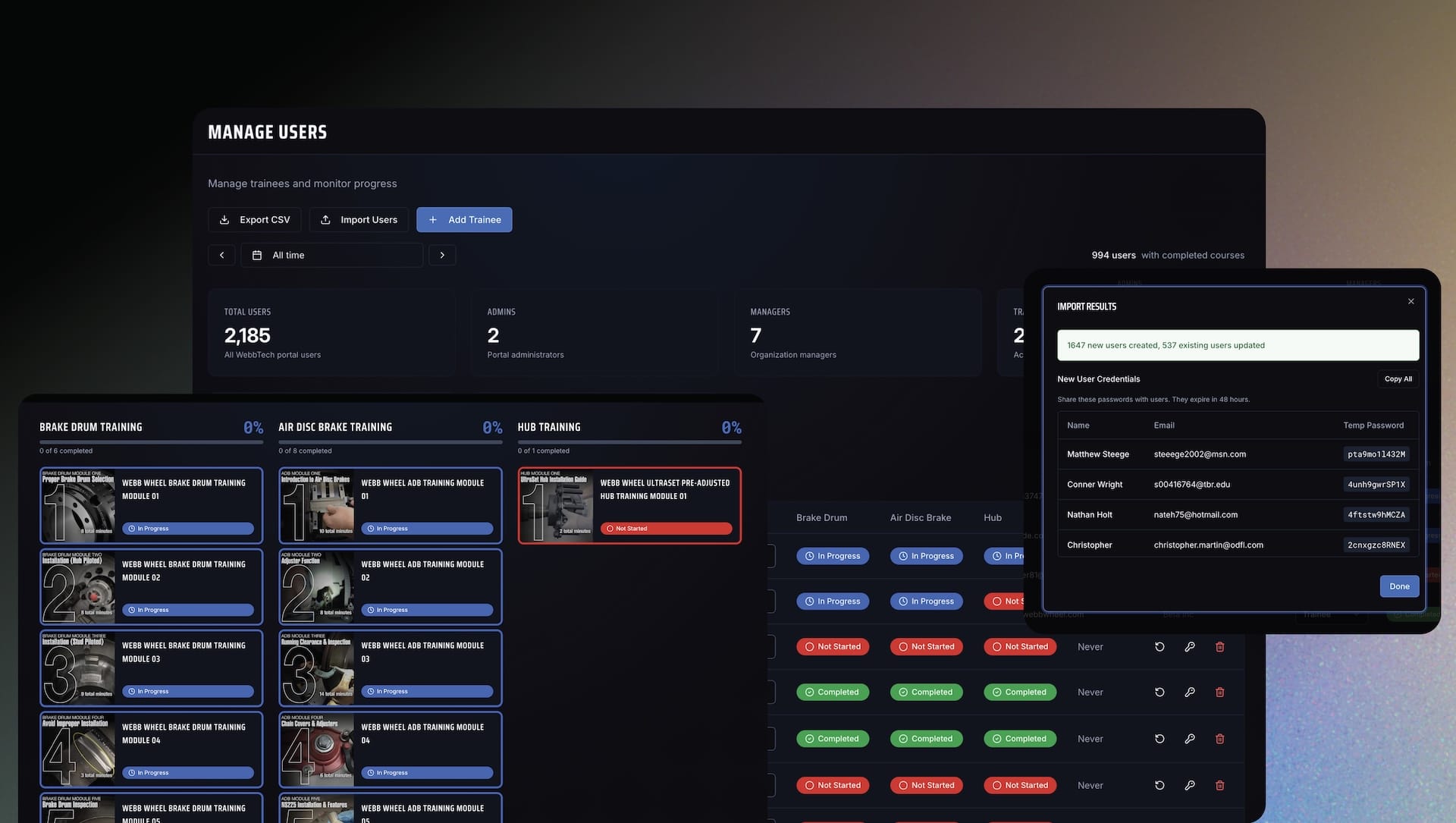Why Flat 2D design is popular
When you're searching the internet today you see a lot of the same logos over and over again. Youtube, Netflix, Google... what do they have in common? They're all 2D. In the mid 1900's logos were mostly simple, clean 2D designs. Rather than just trying to get name recognitions, companies started to emphasize symbols.
With the 1970's came CGI, and from there, logos started to come to life. The real change came with the introduction of Adobe Indesign and Adobe Photoshop just as computers were exploding in popularity. Designers wanted to leverage these new devices to affect design and thus the digital limitations of the time seeped into logo design. In order to help users navigate these quickly evolving computer interfaces and the internet they used what is called Skeuomorphism. When we're talking about UI design, this means making digital features resemble real life objects. This is why your save button resembles an early 2000's method of saving- the floppy disk. The save icon is Skeuomorphic.
People wanted tech to be easy to use and dragging a file to the trash can on your screen was instinctive. Skeuomorphism transitions consumers from real life into their online life gradually and 3d logo designs were vital to that comfort level. As the consumer has aged and their use and comfort with devices and UI's has become more of a given, designers are now able to skew away from real work representations and towards more abstract iconography.
Lets talk about some of the downsides that propelled the shift from 3D designs to 2D designs. Skeuomorphism added lots of shading, gradients and general clutter that make UI's less readable. 3D icons take more data and arguable more work to create. If I were to pick a turning point it would be September 18th, 2013. This is the day when Apple's operating system updated to iOS7 and they went all in on flat icons and graphics. The glossy app icons from the previous UI were gone and replaced with 2D icons. When a leader in design like Apple makes drastic change, consumers and designers tend to follow along.
We're firmly in the grips of a flat, 2D graphic time period with no end in sight. Logos everywhere began to shift to 2D. Major brands like Pizza Hut, IHOP and Olive Garden just to name a few, all implemented redesigns over the following years. This was a boon for designers everywhere because these flat icons are arguably easier to create and hold up better in all sizes, crucial in a digital medium.



